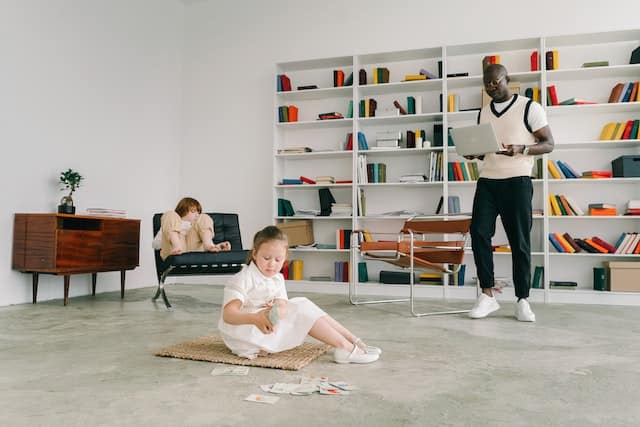In Australia, children’s visitation centers play a critical role in ensuring the well-being of children whose parents have separated or divorced. These centers provide a safe and neutral space for children to have contact with a non-resident parent or other family member. Here’s what you need to know about children’s visitation centers and visitation rights in Australia.
Table of Contents
ToggleWhat is a Children’s Visitation Center?
A children’s visitation center is a secure and neutral location where children can visit a non-resident parent or other family member, without being exposed to conflict or hostility. These centers are usually staffed by trained professionals who supervise the visitation and ensure that the children’s safety and well-being are protected.
Visitation Rights in Australia
In Australia, the Family Law Act 1975 governs visitation rights for children. The Act promotes the best interests of the child as the primary consideration in all decisions relating to parenting arrangements. The Act recognises the importance of children maintaining a meaningful relationship with both parents unless it is contrary to their best interests.
The Act provides that parents have equal shared parental responsibility unless it is not in the best interests of the child. Equal shared parental responsibility means that parents are required to consult and make major decisions jointly about the child’s upbringing, including education, health, and religious and cultural matters.
When making decisions about visitation, the court will consider a range of factors, including:
- The child’s views, taking into account their age and maturity;
- The nature of the child’s relationship with each parent and other significant people;
- The capacity of each parent to provide for the child’s needs;
- The likely effect of any changes in the child’s circumstances;
- Any family violence or abuse.
If parents are unable to agree on visitation arrangements, they may apply to the court for a parenting order. The court may make an order for supervised visitation, which may take place at a children’s visitation center.
How Do Children’s Visitation Centers Work?
Children’s visitation centers offer a range of services, including supervised visitation, changeover services, and counselling and support for children and families. These centers aim to provide a safe and supportive environment for children to maintain a relationship with a non-resident parent or other family member.
Supervised visitation involves a trained supervisor being present during the visit to ensure the safety and well-being of the child. Changeover services involve a neutral third party facilitating the exchange of the child between parents or other family members.
Children’s visitation centers may also provide counselling and support services for children and families. These services aim to help children cope with the separation of their parents and to promote healthy and positive relationships between parents and children.
Why Is There a Need for Child Visitation Center?
There is a need for child visitation centers because when parents separate or divorce, children may be caught in the middle of conflict and tension between their parents. In some cases, the child may be exposed to violence or abuse, which can have a lasting impact on their well-being and development.
- Child visitation centers provide a safe and neutral space for children to have contact with a non-resident parent or other family member.
- Separation and divorce can expose children to conflict and tension between parents, which can impact their well-being and development.
- Child visitation centers are staffed by trained professionals who supervise the visitation and ensure that the child’s safety and well-being are protected.
- Child visitation centers can also provide support services for children and families, such as counselling and mediation, which can reduce conflict and promote healthy relationships.
Child visitation centers aim to promote the best interests of the child and protect their safety and well-being while maintaining a relationship with a non-resident parent or other family member.
Who Decides Whether a Child Visitation Center Is Necessary?
In Australia, the decision about whether a visitation center is necessary is usually made by the family court. When parents are unable to agree on visitation arrangements, they may apply to the court for a parenting order.
The court will then consider a range of factors, including the child’s safety and well-being, and may make an order for supervised visitation, which may take place at a visitation center.
The court will make decisions based on the best interests of the child, which is the primary consideration in all decisions relating to parenting arrangements under the Family Law Act 1975.
If the court determines that a visitation center is necessary to ensure the safety and well-being of the child during visitation, it may make an order for supervised visitation at a visitation center.
The visitation center will then provide a safe and neutral space for the child to have contact with the non-resident parent or other family member.
Children’s Visitation Centers’ Role in the Child’s Wellbeing
Children’s visitation centers play an important role in ensuring the safety and well-being of children whose parents have separated or divorced.
These centers provide a neutral and secure environment for children to maintain a relationship with a non-resident parent or other family member.
Are you facing a challenging child custody battle? Contact our experienced child custody lawyer today to ensure your rights and your child’s best interests are protected.
Director of Melbourne Family Lawyers, Hayder manages the practice and oversees the running of all of the files in the practice. Hayder has an astute eye for case strategy and running particularly complex matters in the family law system.






Share this to social media